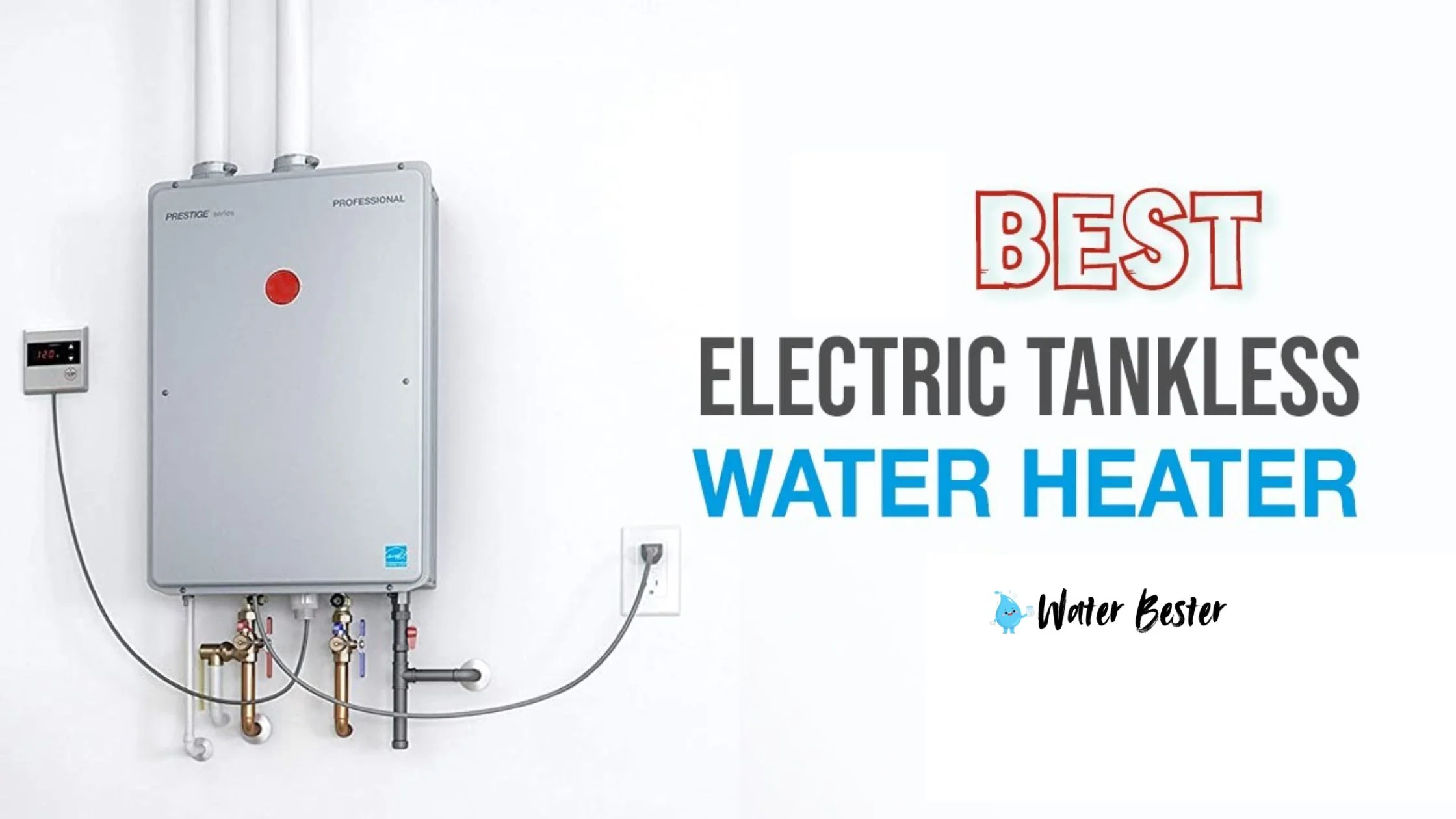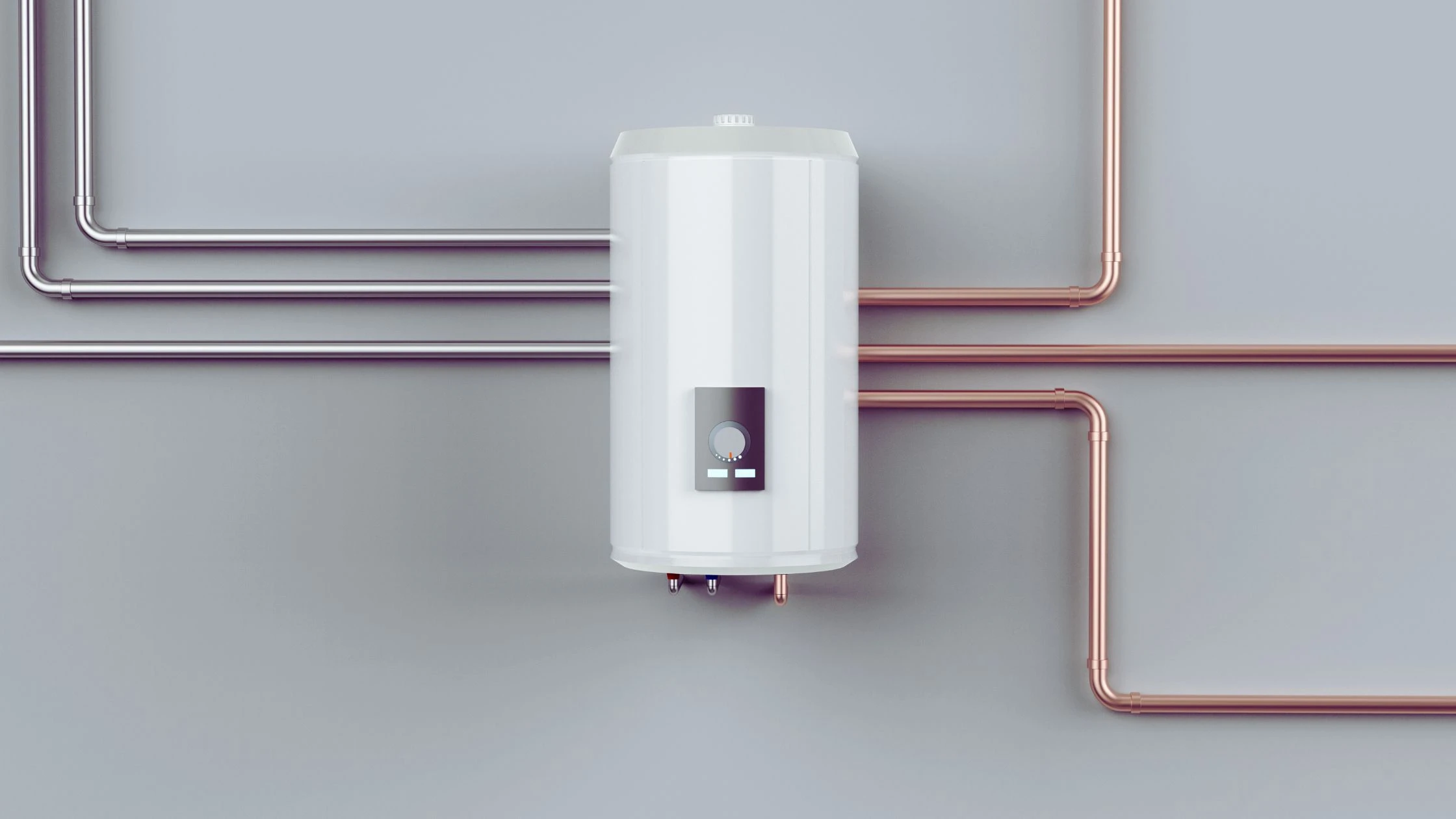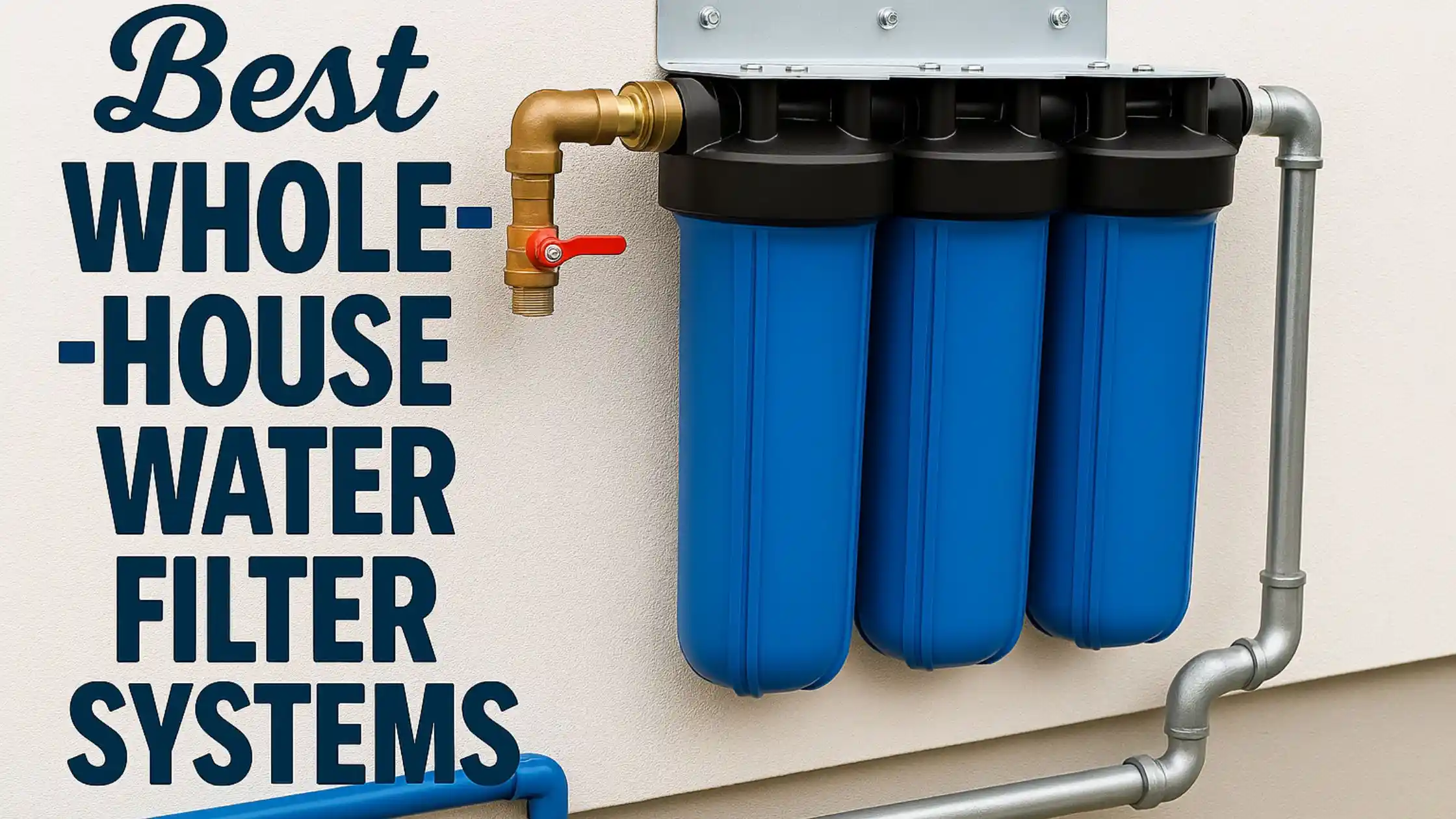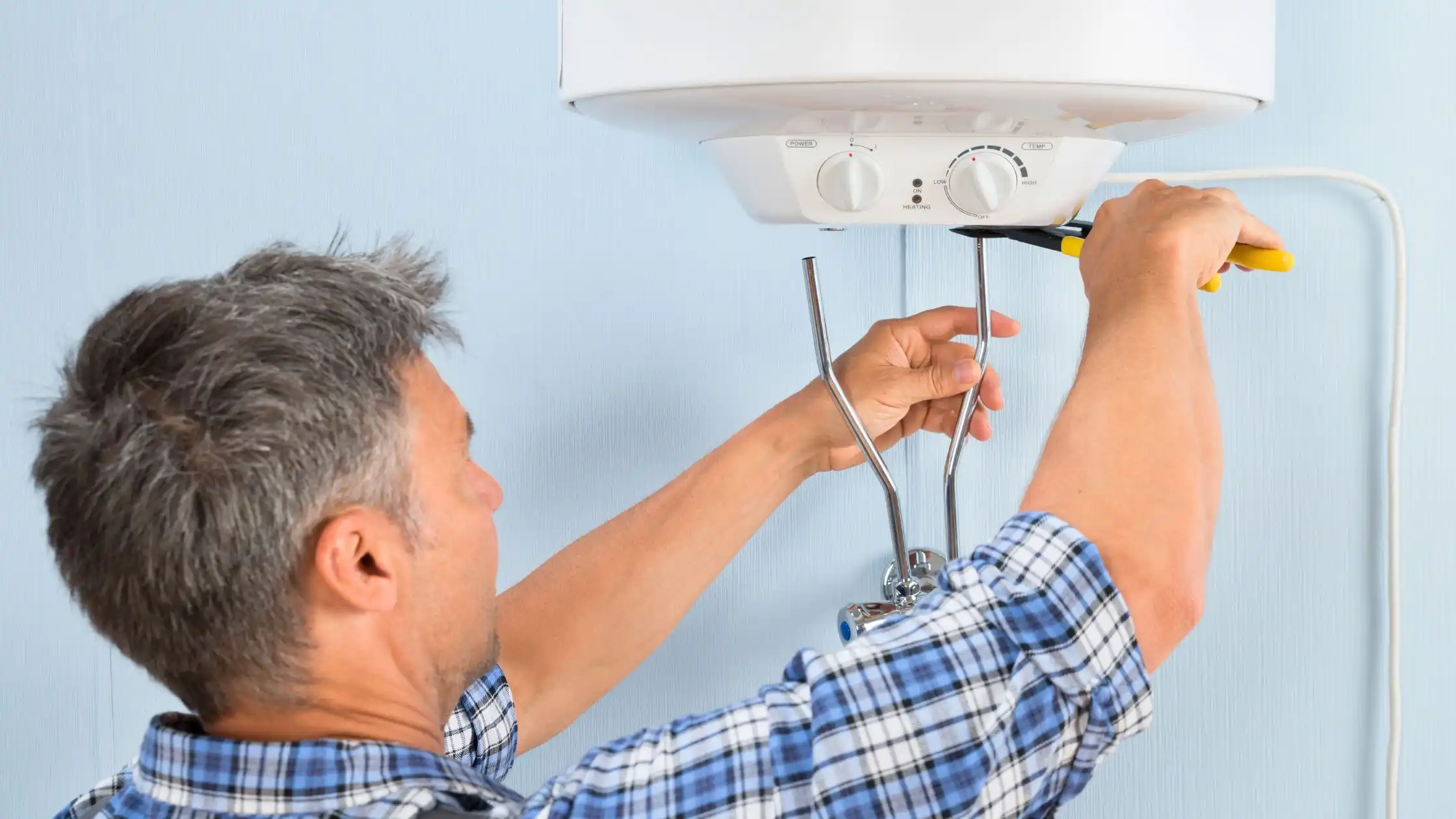Hot water is no longer a luxury but a necessity in today’s homes. As technology advances, traditional tank water heaters are gradually being replaced by more efficient alternatives. Electric tankless water heaters have emerged as the preferred choice for many homeowners seeking efficiency, space conservation, and continuous hot water supply.
This guide explores everything you should consider when purchasing the best electric tankless water heater, whether you’re building a new home, renovating, or simply upgrading your existing system.
Understanding Electric Tankless Water Heaters
Conventional water heaters heat large tanks of water and hold them at a set temperature constantly. Electric tankless models, in contrast, heat water directly as the water passes through the unit. When you open a hot water tap, cold water passes through the heater, where electric elements heat it quickly. This approach avoids standby energy losses from storage tanks.
The benefits of choosing a tankless system include:
- Continuous Hot Water Supply: Never run out of hot water in the middle of a long, relaxing shower again.
- Energy Savings: Average homes enjoy up to 24-34% on energy costs.
- Compact Design: Wall-mounted designs usually take up less valuable floor space
- Longer Lifespan: Many units run for 15-20 years compared to traditional tanks (which last only 8-12 years).
- Low Risk of Flooding: Without a tank, there are no disastrous 50-gallon floods.
- Enhanced Water Quality: Removes the mineral deposits that build up in standing tank water
Selection Factors for Electric Tankless Water Heaters
Finding the right electric tankless water heater requires careful consideration of several factors specific to your household needs.
1. Flow Rate Requirements
GPM, or gallons per minute, measures the unit’s flow rate and determines how much hot water your unit can deliver at one time. Typical flow rates for fixtures that will help you determine your needs are:
- Showers: 1.5-3.0 GPM
- Kitchen Faucets: 1.0-2.5 GPM
- Bathroom Faucets: 0.5-1.5 GPM
- Dishwashers: 1.0-2.5 GPM
- Washing Machines: 1.5-3.0 GPM
For Example, if morning routines in your home could include a shower (2.5 GPM) while someone runs the dishwasher (1.5 GPM), you’ll want a unit that can deliver at least 4.0 GPM.
2. Temperature Rise Calculations
Temperature rise — how much the heater has to raise the temperature of the water Calculating this is vital to correct sizing:
- Find out your groundwater temperature (35-75°F depending on location)
- From your output temperature (usually 105-115°F), subtract this
For example, if groundwater in your area is at an average of 50°F, and you want 110°F of water, you have to get the temperature up 60°F.
3. Electrical System Compatibility
Electric tankless water heaters have substantial electrical requirements:
- Most whole house units need a dedicated service of 120-160 amps
- Most installations will require several 40-60 amp circuit breakers
- Voltage specifications typically lie between 120V and 240V
- Power requirements total around 15-36 kW.
I strongly recommend talk to a licensed electrician to make sure your home can support your selected unit before buying!
4. Installation Space Considerations
While tankless units are more compact than traditional tanks, the dimensions vary:
- Most whole-house units are about 17” × 17” × 4”
- Point-of-use models are as compact as 11″ × 8″ × 3″
When planning installation keep in mind:
- Accessible wall space with proper clearances
- Protection from freezing temperatures
- Proximity to electrical panels
- Adequate ventilation
Best Electric Tankless Water Heaters for 2025
1. Stiebel Eltron Tempra 36 Plus
It is the best premium option with superior flow control and whole-house capacity. German engineering shines in the Stiebel Eltron Tempra 36 Plus. Its Advanced Flow Control™ technology automatically adjusts water flow to maintain consistent temperatures even during peak demand—effectively eliminating cold water surprises. The elegant design features no protruding knobs, and near-silent operation makes it suitable for installation near living spaces. The comprehensive 7-year leakage and 3-year parts warranty reflect the manufacturer’s confidence in this premium unit.
Key Features:
- Flow Rate: Up to 7.5 GPM
- Power: 36kW
- Voltage: 240V
- Dimensions: 16.6″ × 14.5″ × 4.6″
- Advanced flow control technology
- Premium German engineering with superior build quality
- Advanced flow control technology prevents temperature fluctuations
- Digital temperature control with precise 1°F increments
- Self-modulating technology conserves energy
- Impressive 36kW capacity suitable for whole-house applications
- Premium price point
- Professional installation required
- May require electrical service upgrade in older homes
- Performance can decrease in extremely cold climates
2. EcoSmart ECO 27
It has the best value with an excellent performance-to-price ratio and lifetime warranty. The EcoSmart ECO 27 delivers remarkable performance at a more accessible price point. Its self-modulating technology adjusts energy usage based on actual demand and incoming water temperature, potentially reducing water heating costs by up to 50%. The digital temperature control allows precise 1-degree increments. What truly sets this unit apart is its lifetime warranty on electronics, heating elements, and exchangers for residential use—offering exceptional long-term value.
Key Features:
- Flow Rate: Up to 6.5 GPM
- Power: 27kW
- Voltage: 240V
- Dimensions: 17″ × 17″ × 3.8″
- Digital temperature control
- Excellent mid-range price point with good value
- Digital temperature control with 1°F increments
- Self-modulating technology for energy conservation
- Compact design saves significant space
- Lifetime warranty on exchanger, elements, and electronics
- Performance limitations in very cold climates
- Requires significant electrical capacity (240V, 112.5 amps)
- Warranty requires professional installation
- May struggle with simultaneous high-demand applications in colder regions
3. Rheem RTEX 13
It is the best budget-friendly option for point-of-use applications. The Rheem RTEX 13 is the perfect in-between for performance vs value, making it the perfect mid-range option. Its modulating heating technology adjusts the power output based on hot water needs, which maximizes efficiency and delivers consistent temperature. The compact design makes it ideal for smaller households, vacation homes, or as a point-of-use supplement to existing systems.
Key Features:
- Flow Rate: Up to 2.54 GPM
- Power: 13kW
- Voltage: 240V
- Dimensions: 9″ × 14″ × 3.5″
- Digital temperature display with 1° increments
- Affordable price point
- Ideal for point-of-use or small household applications
- Simpler installation compared to larger units
- Self-modulating power technology
- Compact size perfect for small spaces
- Limited capacity (13kW) only suitable for one major application at a time
- Not appropriate for whole-house applications
- Flow rate limited to about 3.17 GPM maximum
- Less effective in regions with very cold groundwater
- Shorter warranty period than premium competitors
4. Eemax Home Advantage
Best for customizable sizing options with impressive energy efficiency. The Eemax Home Advantage electric tankless water heater delivers exceptional performance with industry-leading efficiency, making it an outstanding choice for homeowners seeking reliable, on-demand hot water. Its self-modulating technology precisely controls energy consumption based on actual hot water demand, ensuring consistent temperatures while minimizing utility costs. The space-saving design frees up valuable room in your home while providing endless hot water without the standby heat loss associated with traditional tank heaters.
Key Features:
- Flow Rate: Up to 3.5 GPM
- Power: 18kW
- Voltage: 240V
- Dimensions: 17″ × 14″ × 3.75″
- Digital temperature control with LED display
- Available in various sizes to match specific household needs
- Self-adjusting technology modulates power based on demand
- Compact, lightweight design saves space
- Impressive 99.8% energy efficiency rating
- Designed and assembled in the USA
- Mid-range price point may be expensive for budget installations
- Limited warranty (5-year leakage, 1-year parts)
- Higher-capacity models require substantial electrical service
- May require descaling maintenance in hard water areas
5. Titan N-270 (27kW) Electric Tankless Water Heater
It is the best affordable whole-house option with good warranty coverage. Large households and high-demand hot water applications are best served by the Titan N-270, which is our premium recommendation here. This 27kW beast is not only a workhorse for whole-house application but also can meet several different hot water demands at once, even in the winter. With its self-modulating technology, your unit will only use the amount of power required to effectively reach your desired temperature, providing stable heating while conserving power. And the digital temperature control makes precise adjustments for actual usage, so it’s great for families that want reliable hot water but without the floor space requirements or standby heat loss of conventional tank heaters.
Key Features:
- Flow Rate: Up to 5.4 GPM
- Power: 27kW
- Voltage: 240V
- Dimensions: 14.5″ × 17″ × 3.75″
- Digital temperature control with 1° increments
- Self-modulating technology
- Competitive pricing compared to other 27kW units
- Capable of handling multiple applications simultaneously
- Microprocessor-controlled energy modulation
- Digital temperature control with simple interface
- 10-year limited warranty on water-carrying components
- Less recognized brand may concern some consumers
- Struggles more than competitors in very cold inlet water conditions
- Parts may be harder to source than major brands
- Limited advanced features compared to premium models
6. Bosch Tronic 3000t ES2.5 Mini Tank Electric Heater
It is the best mini-tank hybrid for point-of-use applications, requiring no special wiring. The Bosch Tronic 3000T ES2.5 is our top recommendation for point-of-use hot water needs, offering immediate hot water without the wait. This compact powerhouse eliminates cold water lag time at sinks far from your main water heater, making it perfect for bathrooms, kitchens, wet bars, or RVs. Its robust glass-lined tank ensures durability and longevity, while the simple plug-in installation means no expensive plumbing modifications are needed.
Key Features:
- Flow Rate: Up to 2.5 GPM
- Power: 1440W
- Voltage: 120V
- Dimensions: 13.75″ × 13.75″ × 10.75″
- Temperature range: 65°F-145°F
- Very affordable price point
- Simple installation – plugs into standard 120V outlet
- No special electrical requirements needed
- Perfect for remote sinks or supplementing existing systems
- Compact size fits under sinks or in cabinets
- Not a true tankless system – still stores and heats standing water
- Limited 2.5-gallon capacity depletes quickly with continuous use
- Cannot handle showers or whole-house demands
- Still experiences standby heat loss
7. Camplux TE27 Electric Tankless Water Heater
It is the best mid-range option with strong safety features. For the best performance in larger households or high-demand applications, the Camplux TE27 Electric Tankless Water Heater proves to be a top winner. Its flow-sensing technology allows for precise temperature control even when multiple taps are open at once, making it our top choice for families requiring a steady flow of hot water through several bathrooms and appliances. The self-modulating technology adjusts energy consumption according to the level of use, allowing for 40% less energy to be used when only hot water is needed, compared to tank units.
Key Features:
- Flow Rate: Up to 3.0 GPM
- Power: 27kW
- Voltage: 240V
- Dimensions: 15.5″ × 11.8″ × 3.5″
- Digital temperature control with 1°F increments
- Competitive mid-range pricing
- 27kW capacity suitable for whole-house applications in warmer regions
- Digital temperature control with LED display
- Child lock safety feature prevents accidental temperature changes
- Multiple protection systems (overheat, dry fire, leakage)
- Less established brand history compared to industry leaders
- May struggle with extremely cold inlet water temperatures
- Shorter warranty period than premium competitors
- No smart home integration or advanced control features
Professional Installation Considerations for Electric Tankless Water Heaters
Generally, a professional skill set is needed to install an electric tankless water heater effectively. Most installations involve:
- Electrical system upgrades: Older houses often require electrical service upgrades to sustain the large power demands.
- Proper Wall Mounting: The Unit shall be properly mounted to wall studs or structural fasteners.
- Professional Plumbing Connections: Proper water connections ensure optimal flow and prevent leaks.
- Required Permits and Inspections: If you are in the process of an electric change or a water heater installation, both of these will likely require a permit as well as formal inspections in most jurisdictions.
Depending on your location and the complexity of the electrical work needed, installation costs typically fall between $800 and $1,500. Although adding to the initial cost, professional installation provides for safe operation, the best performance, and warranty retention.
Maintenance Requirements for Electric Tankless Water Heaters
Electric tankless water heaters require significantly less maintenance than tank models, but some regular care will maximize lifespan and efficiency:
- Annual Professional Inspection: Have a qualified technician check electrical connections and water fittings yearly.
- Periodic Descaling: In hard water areas, descale the unit every 12-24 months to remove mineral buildup that can reduce efficiency and damage elements.
- Inlet Filter Cleaning: Clean the cold water inlet filter every 6-12 months to prevent debris accumulation.
- Firmware Updates: Some modern units receive manufacturer updates that improve functionality or efficiency.
Conclusion
The best electric tankless water heater for your home will vary depending on your climate, household size, usage, and budget. Thus, with a careful analysis of your needs and the specifications of the suggested models, you would be more able to make the right decision that ensures consistent hot water service for many years to come.
Although the upfront cost is higher than traditional tank heaters, the energy efficiency and space-saving options, as well as endless hot water, make electric tankless water heaters an improbable fit for modern, efficient homes in the long run.
FAQs on Best Electric Tankless Water Heaters
Will I save money with electric tankless water heaters?
While purchase and installation costs exceed those of conventional tank heaters, electric tankless models typically reduce water heating costs by 10-50%, depending on usage patterns and local utility rates. Households using less than 41 gallons of hot water daily generally see energy savings of 24-34%.
Can one unit handle my entire house?
Yes, with proper sizing. Whole-house electric tankless water heaters typically need 20+ kW of heating capacity as well as matching electrical service. In extremely cold climates or for large homes with a high amount of simultaneous demand, installing several units or hybrid systems may be required.
What’s the expected lifespan of electric tankless water heaters?
Generally, electric tankless water heaters have a 15-20 year lifespan with proper maintenance, a huge improvement over the 8-12 year average lifespan of conventional tank models. High-end models frequently have warranties exceeding 10 years on heat exchangers.
How do electric tankless water heaters compare to gas tankless heaters?
Each has distinct advantages:
Electric Tankless Water Heater Benefits:
1. No venting requirements
2. No combustion safety concerns
3. Made with higher efficiency rates (usually 98-99%)
4. More compact size
5. Lower upfront cost per room (though install could be pricey)
Gas Tankless Water Heater Benefits:
1. Decrease in operating costs in many regions
2. Increased flow rates for whole-home applications
3. Improved performance on extremely cold weather
4. Reduced burden on electrical grids









